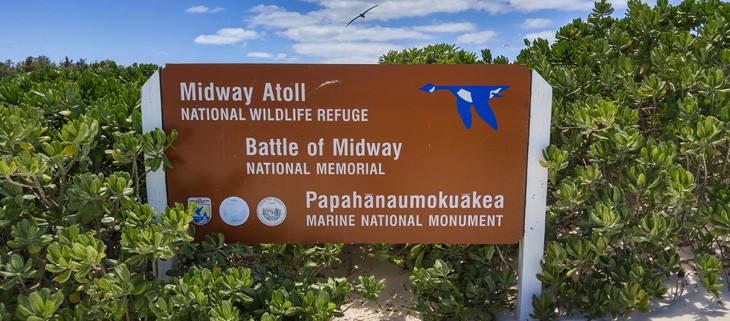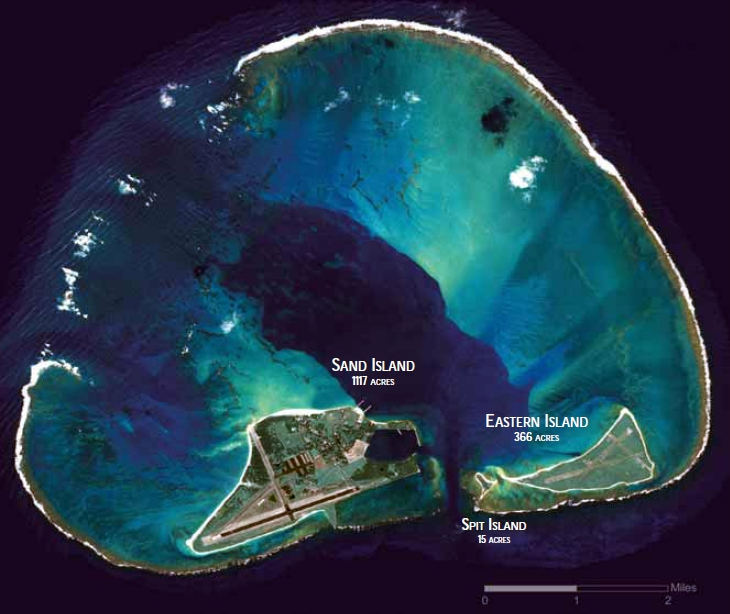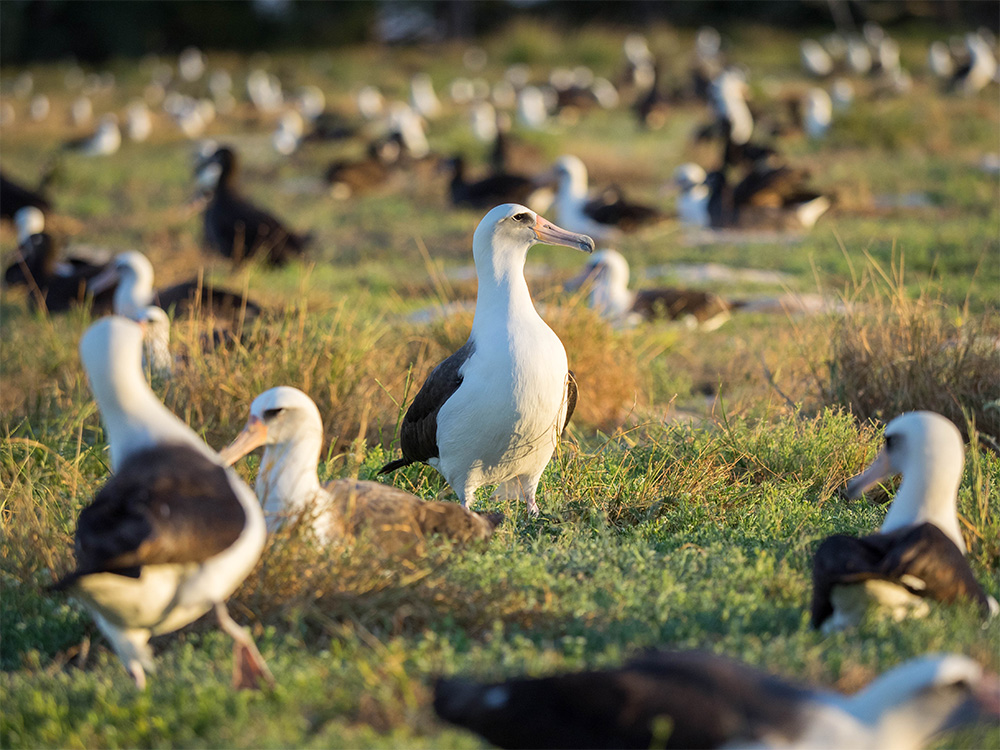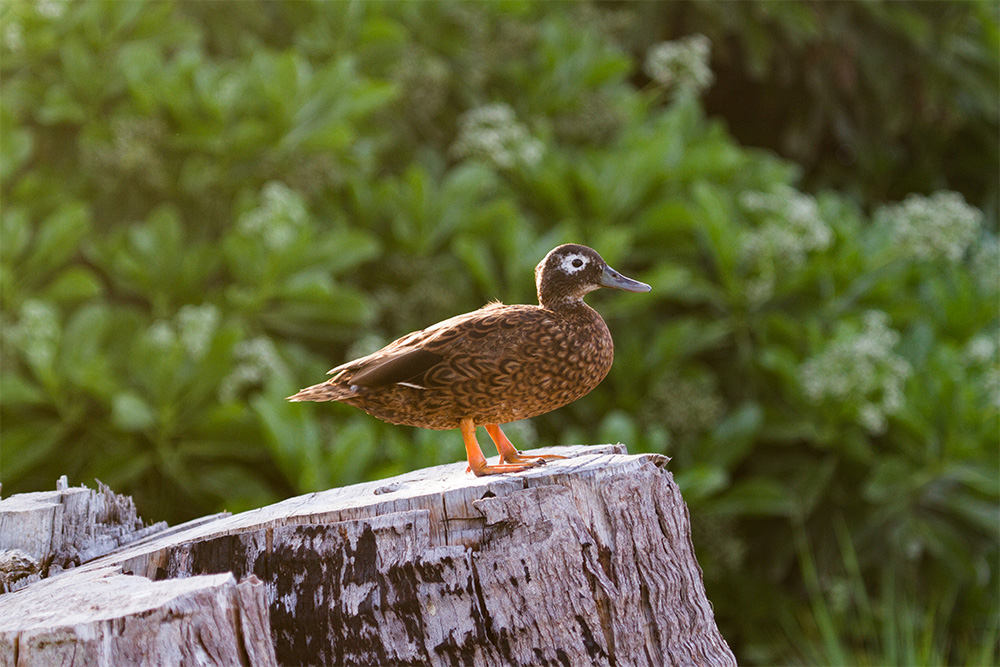May 19, 2025
UNOC 3 Position Paper
Read our position paper on The 3rd United Nations Ocean Conference (UNOC 3) to see why we're attending and what we aim to accomplish!
We use cookies to help you navigate efficiently and perform certain functions. You will find detailed information about all cookies under each consent category below.
The cookies that are categorized as "Necessary" are stored on your browser as they are essential for enabling the basic functionalities of the site. ...
Necessary cookies are required to enable the basic features of this site, such as providing secure log-in or adjusting your consent preferences. These cookies do not store any personally identifiable data.
Functional cookies help perform certain functionalities like sharing the content of the website on social media platforms, collecting feedback, and other third-party features.
Analytical cookies are used to understand how visitors interact with the website. These cookies help provide information on metrics such as the number of visitors, bounce rate, traffic source, etc.
Performance cookies are used to understand and analyze the key performance indexes of the website which helps in delivering a better user experience for the visitors.
Advertisement cookies are used to provide visitors with customized advertisements based on the pages you visited previously and to analyze the effectiveness of the ad campaigns.

Since the start of gristly invasive mouse attacks on albatross out on Midway Atoll, this small set of islands—tucked at the far end of the Northwestern Hawaiian Islands—has entered the spotlight again. Many connote Midway with the historic Battle of Midway, regarded as the pivotal moment in WWII when control of the Pacific shifted away from the Japanese Navy to American forces. But what exactly is Midway?
In trying to describe Midway Atoll, the word “unique” quickly becomes obsolete. The wildlife, habitat, and general marine ecology are certainly unmatched in terms of biodiversity as well as quantity, with more than 3 million seabirds breeding on the atoll annually. While you might think of Laysan Albatross affectionately preening each other, there’s more than meets the eye on Midway. In particular, Midway Atoll has quite a few notable titles to its name. First off, Midway Atoll is a National Wildlife Refuge located within the United States’ largest conservation area: the Papahānaumokuākea Marine National Monument. It is also home to the Battle of Midway National Memorial and is a UNESCO World Heritage Site. But what do all of these titles, designations, and inscriptions mean?
As part of the National Wildlife Refuge System under the U.S. Fish and Wildlife Service, Midway Atoll is part of an extensive network of more than 560 National Wildlife Refuges across the United States and surrounding waters. As different as these refuges may seem, the mission at each is the same: to “conserve, manage, and restore fish, wildlife, and plant resources and their habitats within the US” for all to enjoy and appreciate, today and tomorrow.

Midway Atoll joined the National Wildlife Refuge System officially in 1996, adding approximately 1,500 acres of habitat that support the world’s largest albatross colony, hundreds of thousands of Bonin Petrels, and Critically Endangered Laysan Ducks. Midway Atoll also falls under the Papahānaumokuākea Marine National Monument. This expansive monument represents the largest fully protected conservation area in the United States and one of the largest marine conservation areas in the world, encompassing nearly 373 million acres of the Pacific Ocean and Northwestern Hawaiian Islands.

Although Midway may be a common name, this set of islands has Hawaiian place names, including Pihemanu (“loud din of birds”) and Kuaihelani (“the backbone of heaven,” referring to the turquoise reflection of the atoll’s lagoon in clouds overhead). To further highlight just how special this place is, the United Nation’s Educational, Scientific and Cultural Organization (UNESCO) inscribed the Papahānaumokuākea Marine National Monument as one of only 28 mixed (natural and cultural) World Heritage Sites in the world, celebrating both the oldest example of island formation and atoll evolution in the world as well as the indigenous and cultural connections to the sea.

The atoll is also significant in U.S. History as it played a crucial role in WWII. The most important battle on Midway occurred four months after the attack on Pearl Harbor and signaled a turning point in the war. To remember and reflect upon the grand sacrifices made during the Battle of Midway and those of any and all servicemen and servicewomen, Midway Atoll was designated as the Battle of Midway National Memorial on September 13, 2000.
Midway Atoll is a one-of-a-kind place in that there is a complex intersection of ecology, culture, and history at play all around the atoll. Laysan Albatross stroll down the same streets that American soldiers did 70 years ago when safeguarding the atoll during WWII; hundreds of years ago, Hawaiian ancestors walked across the same sandy islands that we do today. History is alive on the island and it reminds us every day that Midway Atoll is indeed a product of time—geology, evolution, humanity, war, and peace.
Today, Midway’s seabirds are facing a threat—invasive, predatory mice. Island Conservation and our partners are going to remove them in July 2020 and restore the balance on the Atoll, but we need your help. Learn more at www.noextinctions.org.
This blog post is part of an ongoing, collaborative series between Island Conservation, Northern Illinois University, and the U.S. Fish and Wildlife Service. Be sure to check back for more information about Midway and ongoing conservation and restoration efforts!
Featured photo: An atoll by many names. Credit: Wes Jolley/Island Conservation
Check out other journal entries we think you might be interested in.
Notifications